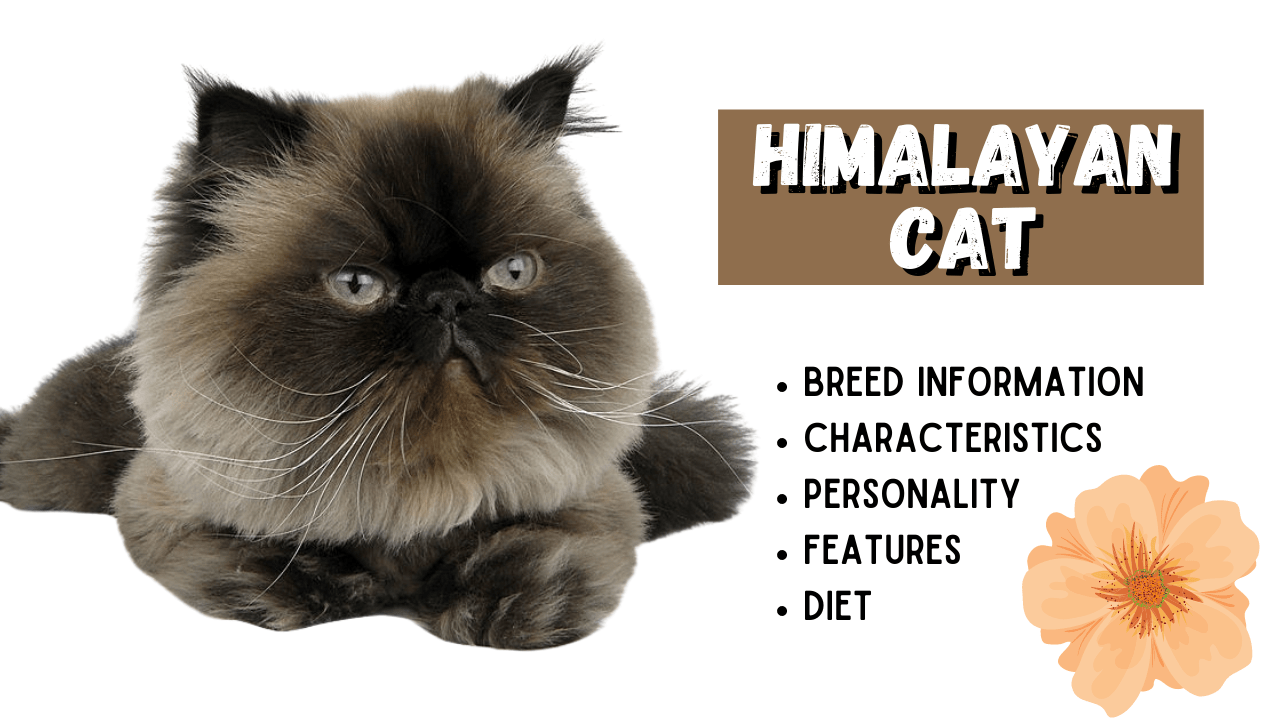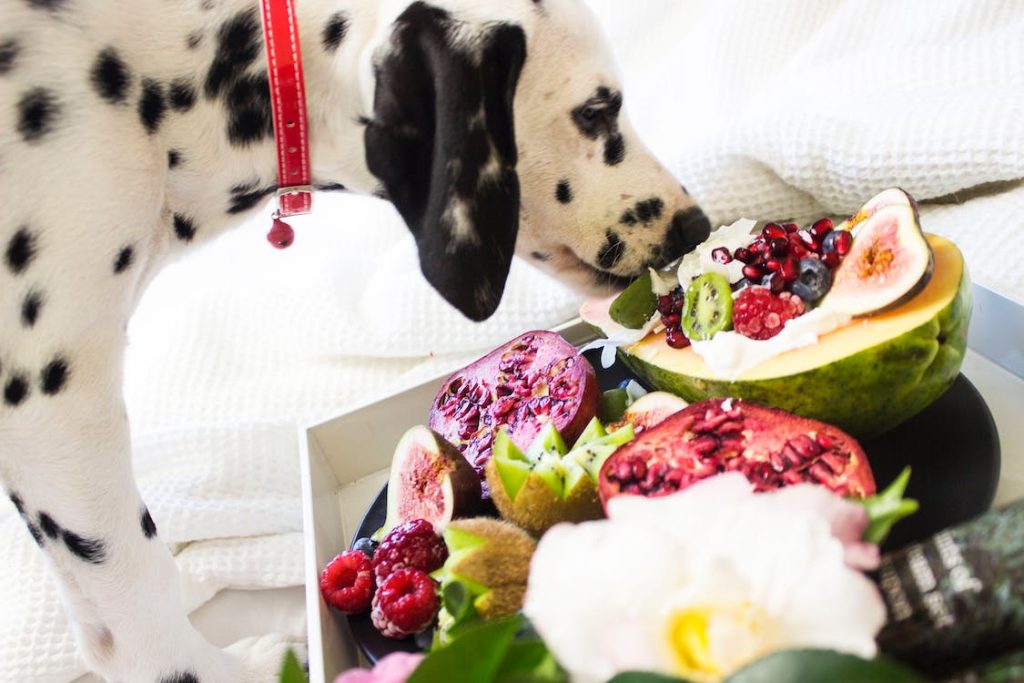
Out of many cat breeds with color points like Siamese and Birman, Himalayan is a cat breed that holds its distinctive position. Himalayan is a hybrid cat of Persian and Siamese. It has some features similar to Persian cats and some like the Siamese cat breed. This sweet-tempered and gentle cat breed is also known as ‘Himmies’ and is adored by all the cat lovers.
History of the Himalayan Cat
The Himalayan cat breed does not hold a very long historical background. This cat breed is not more than 100 years old and originated from the USA. The Persian and Siamese cat breeds are admired by many car breeders. In the year 1920, some of these cat breeders started thinking to have some of the features of these two breeds in one cat.
They wanted to produce a cat with Persian body and Siamese markings. In 1924, a Swedish geneticist made a deliberate attempt of crossing a Persian and a Siamese cat. After several attempts, a cat with point coloration and longhair was born in 1935. Two researchers of Harward crossed a black male Persian with a female Siamese.
As a result, a litter of black shorthair kittens was produced. The result was the same by crossing a black Persian female with the male Siamese. It was because, to have point coloration and longhair in the offspring, both parents need to possess those genes.
When the male of the first litter was crossed with the female of the second litter, the desired result was obtained. A cat with long hair and point coloration coat pattern was produced. It was named as Debutante.
This crossbreeding was interrupted by World War 2 and continued again in1950. In 1957, this cat breed was recognized by CFA and ACFA as ‘Himalayan’. By 1961, all major cat associations of the US recognized this breed.
Height & Weight
The Himalayan is a strong cat with a robust body. They stand up to a height of 17 to 19 inches and weigh about 7 to 12 pounds.
Life Span
The life span expected for a strong cat, like Himalayan is 9 to 15 years.
Body Features
The Himalayan has a strong, firm, and well-rounded body. They have a medium to large size with a deep broad chest and heavy sturdy bones. In proportion to the body, they have a big, broad, and rounded head bearing small ears that have rounded-tips.
They have large rounded eyes that give a sweet expression to the overall look of this cat breed. Their legs are long and muscular with large and rounded paws and possess a small and straight tail.
Eye Colors
The Himalayan cats mostly have deep blue eyes. However, light blue and other shades of blue are also acceptable.
Coat and Patterns
The coat of the Himalayan cat is similar to that of Persian, long, dense, and silky. The undercoat is also dense. The ruff of the cat is immense with a denser coat.
The point coloration of this cat breed is a result of crossbreeding with the Siamese cat. The face mask, ears, tail, and legs are the spots of point coloration.
All types of point coloration patterns are found for the Himalayan breed. There must be a definite comparison between the body and point spots to maintain the overall look of the cat.
Colors
The Himalayan cat is usually found with colors like cream, lilac, blue, grey, chocolate, seal, red, chocolate-tortie, lilac-cream, cream tortie, blue-cream, seal lynx, blue lynx, red lynx, cream lynx, tortie lynx, blue-cream lynx, chocolate lynx, lilac lynx, chocolate-tortie lynx, and lilac-cream lynx. The point spots are darker than the coat color.
Personality & Temperament of the Himalayan Cat
In personality, the Himalayan cat is very similar to the Persian cat. The sweet temperament, docile nature, and affection for the owners is the same as the Persian cats. The Himalayan is a strong cat breed with a robust built but it has a low tendency for activeness and playfulness. It likes to sit in the lap and petted for several hours.
The Himalayan is a very moody cat breed. Sometimes, it likes to play and interact with children who would comb her hair, carry her in a baby buggy, and will also chase her favorite cat toy with them. The affection of Himalayan cats is very discriminatory and reserved only for its family members and the people it likes. It is not very responsive to strangers and new children.
The Himalayan cat doesn’t have a habit to climb up the curtains or kitchen counters. It likes to lay on the floor and relax. This cat breed is not a demanding one. It wants the love and attention of the owner but never demands it. It remains quiet until the other person notices what it wants. It doesn’t have high vocals like Siamese.
Health Problems of the Himalayan Cat
Being a hybrid breed, the Himalayan cat breed may develop the diseases that their ancestors were prone to.
Ringworm
The cats with log dense coat are prone to Ringworm. It is a fungal infection that causes red scaly spots on the skin. Regular grooming will help to identify the problem at an earlier stage and can be cured on time.
Seborrhea Oleosa
It is a skin infection leading to redness of skin, itchiness, and hair loss.
Respiration Problems
The Himalayan cats have a flat face with a small nose and constricted nostrils. This creates problems for them to respire and swallow the food. They often have noisy breathing.
Polycystic Kidney Disease
Forming of various cysts on a cat’s kidney is a common disease in cat breeds. This is not a fatal disease but needs to be cured on time to protect the cat from kidney failure and bacterial infections.
Nutrition of the Himalayan Cat
The regular cat food is good enough for the Himalayan cat. The Himalayans coat is prone to heavy shedding. A vet must be concerned to ask for cat food that would help prevent the hairball issue of Himalayan cats.
Care of the Himalayan Cat
If you are looking for a low-maintenance cat breed, then The Himalayan breed is surely not for you. This cat breed is quite high at maintenance, mostly because of its coat.
- The silky long coat of the cat can easily get dirty and can not get clean and groomed on its own. Daily grooming is required to prevent hairballs and prevent ringworm.
- This cat breed sheds excessively. Once a month bath is necessary to keep the coat clean and remove the fallen hair.
- Himalayan cats often have tearing eyes. Their eyes and face must be wiped with a wet cotton cloth daily.
- Twice a week brushing will maintain their dental hygiene.
- Trim their nails weekly.
- Ears must be checked and cleaned every week to remove ear wax and debris.
- This cat is not very playful. Providing some cat toys, teasers, a cat house, and puzzles can help keep the cat active and engaged.
- The litter box of a Himalayan cat can be filled daily with lots of hair and litter can get stuck in the long coat of the cat. Both the cat and the litter box need to be cleaned regularly.
- Spend maximum time with this cat or else it will get jealous.
- Keep it indoors to protect the coat from getting dirty. It will also protect it from getting stolen or get hit by a running vehicle.
Friendliness of the Himalayan Cat
The Himalayan cat is said to be friendly with only its family members or the children that treat it well and play with it. It is quite rude to strangers and other pets and gets jealous when the owner does not pay attention to it because of any third person.
Final Words
The Himalayan cat is a lovely cat to keep indoors if you can spend enough time with it, deal with its jealousy, and ready to clean its shedding hair and silky coat regularly. You need a lot of time and some patience to go well with this cat breed.







